By Grace Usher
June 15 marks the first day of the yearly monsoon weather pattern. The rains of the monsoon don’t usually being until mid-July, but the weather conditions generally run from June to September.
The word monsoon comes from the arabic words, wasama (to mark) and mawsim (season). The term was coined from the Indian Sea when extreme wind and rainfall brought extensive damage to the surrounding areas.
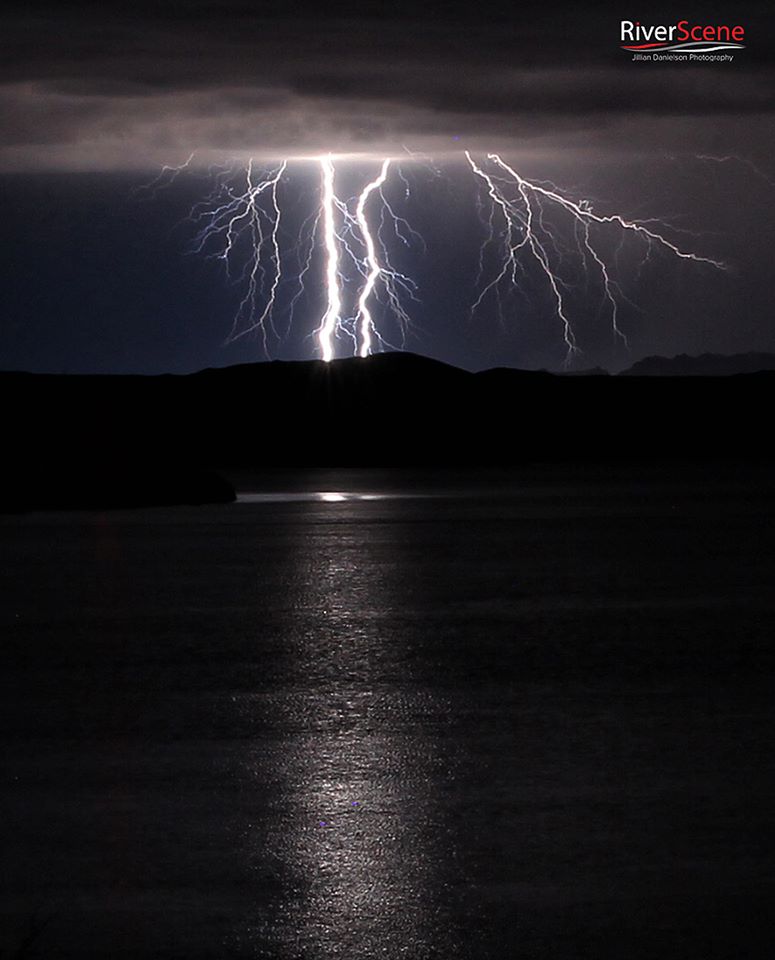
A CG lightning bolt hits the California side of the Colorado River reflecting on the water in 2016. Jillian Danielson/RiverScene
The cause of an Arizonan monsoon is the shifting in wind patterns creating tension between cold and warm winds. These winds clash with the shift and bring heavier atmospheric effects including extreme winds and increased precipitation levels.
July 14, 1974, marked the worst monsoon storm to hit Lake Havasu, with an estimated damage of $1.5 million (without inflation). The three-day storm started with intense winds that peaked at 80 m.p.h. The winds caused major damage to trees, power lines and small items including patio furniture and miscellaneous outdoor items.
According to the Las Vegas National Weather Service, the rains of the storm totaled in 2 inches within two days. The average yearly rainfall for Havasu is roughly 4 inches.
A utility worker at the time, Dave Ade, recalled his experience that June weekend.
As his crew went home for the day, they were immediately called back for damage repair as the storm hit. Power for nearly half the town was out within hours of the storm’s start.
He went to his first assigned repair area, Rainbow Wash where Acoma and Rainbow meet. Here, his team was greeted with no roadway whatsoever but, rather, a 10-foot drop into rushing waters.
“I remember seeing a house with a swimming pool but the dirt was washed away from it. There was just a concrete bulge hanging into the wash. It was all cracked.[It was hanging] six to eight feet. It was just a shell.”
The utility company worked relentlessly through Friday night, all day Saturday and Sunday night. They had to repair power lines and resecure displaced power poles. Some parts of Lake Havasu had no power for nearly a week.
Because of extreme winds, high precipitation over a three-day period, the storm was categorized as a microburst by the National Weather Service.
Overall, there were six buildings with damage with all reported damage totaling more than $1 million.
There were 14 injuries and three fatalities. The fatalities were the result of a family station wagon that became caught in the rushing waters. The vehicle traveled nearly 3,000 feet. Of the four family members in the vehicle, there were three deaths and one critical condition.
The storm of July 1974 was the most damaging in Lake Havasu City’s history.
To ensure safety, residents are advised to stay indoors during major storms. If out in public, remain inside stores, restaurants or other buildings until major rains have subsided.
Drivers caught in storms are strongly advised to drive at a slow pace with windshield wipers and headlights on. Avoid all washes and do not attempt to cross any running waterways. The depth may be elusive to drivers and debris caught in the waterways.









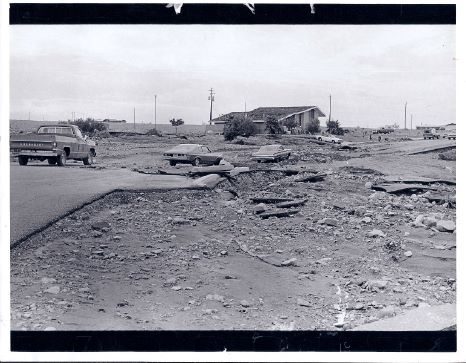




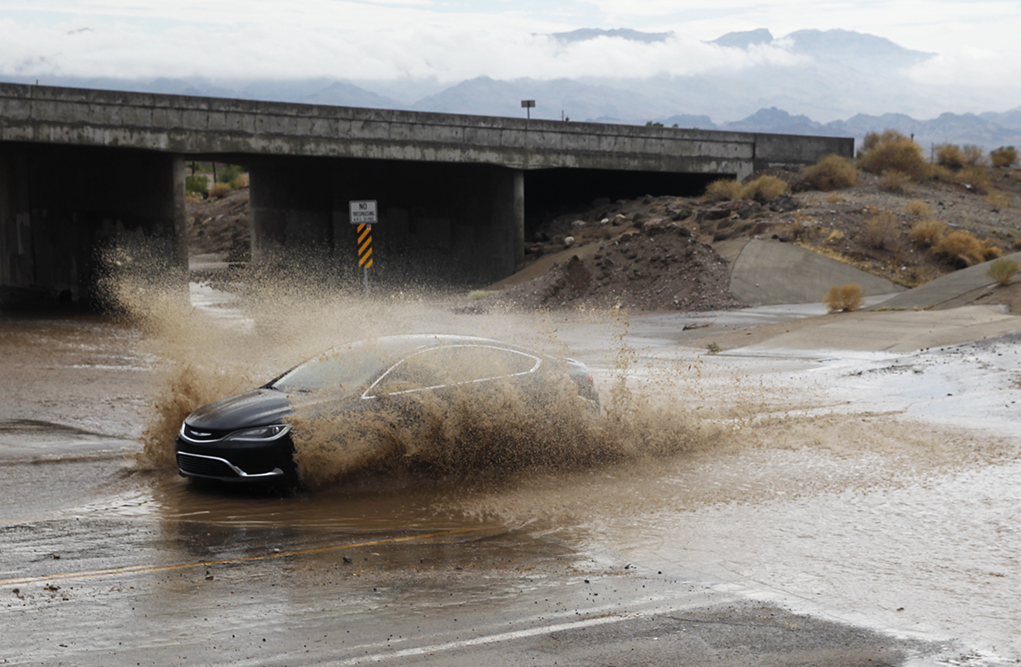
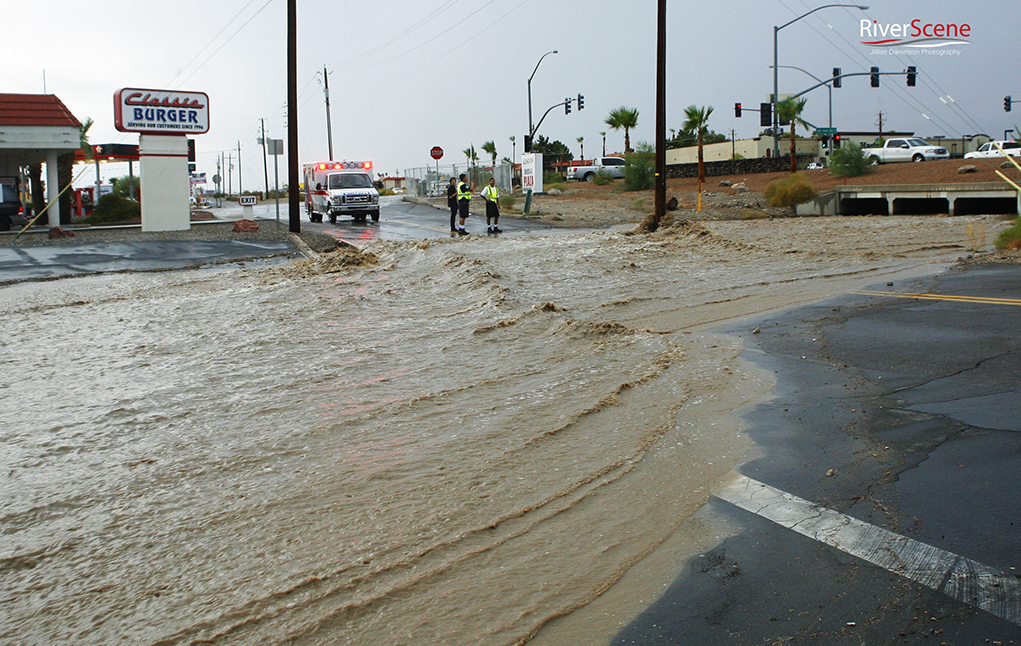
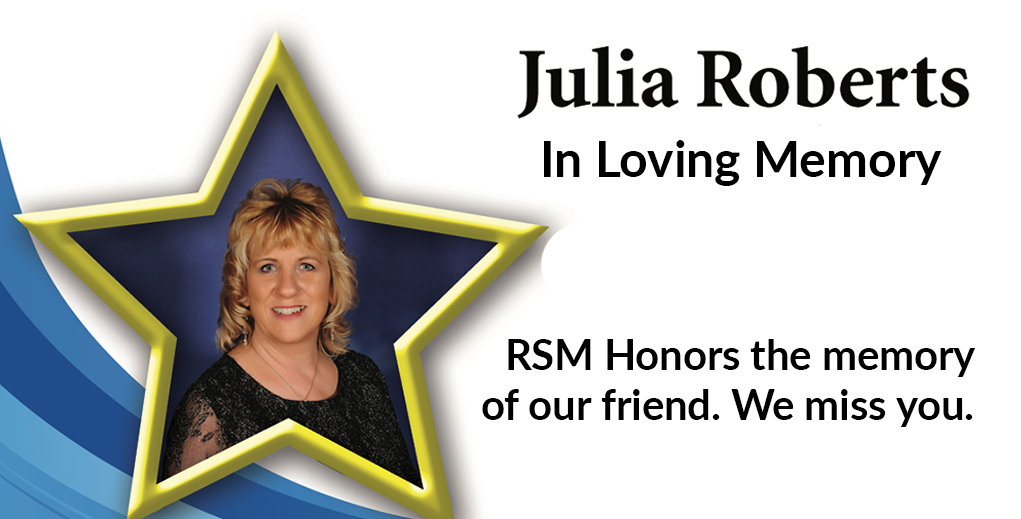

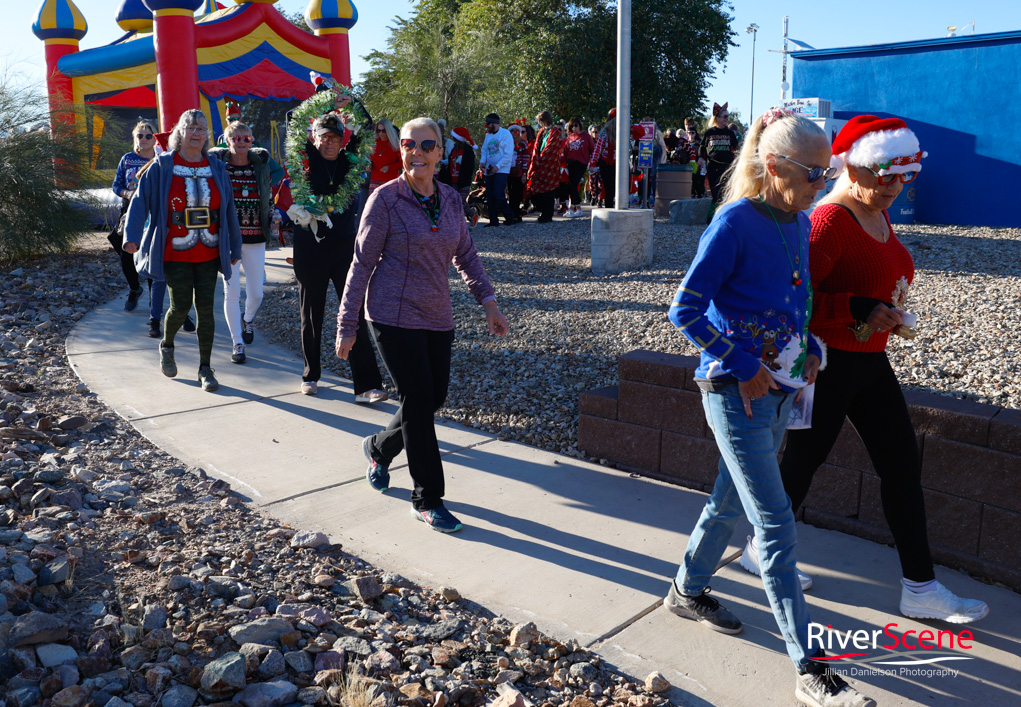
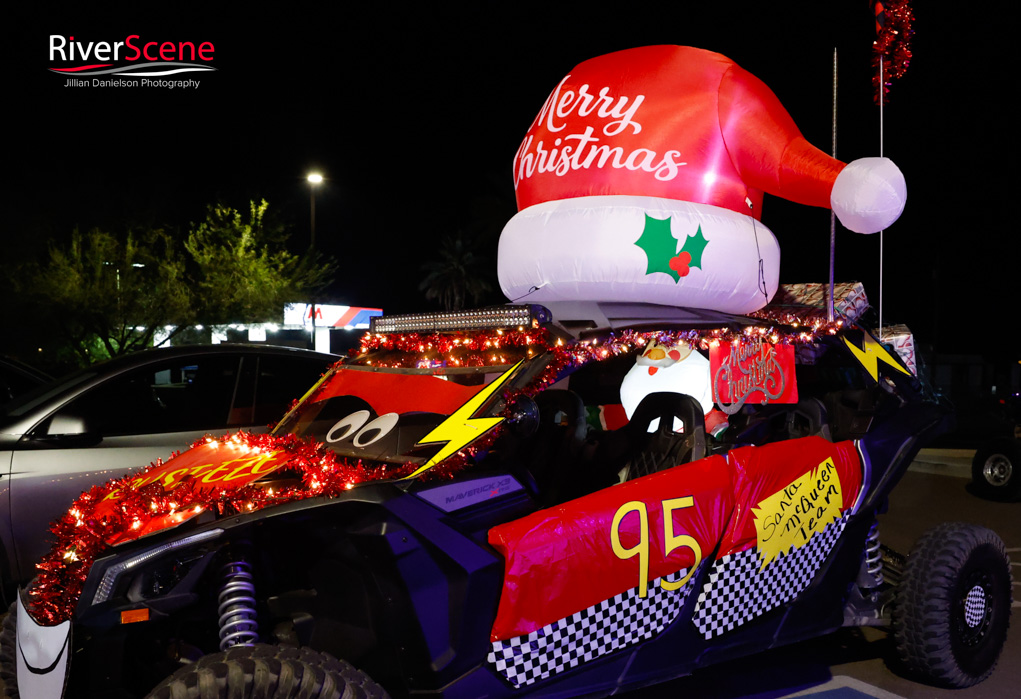
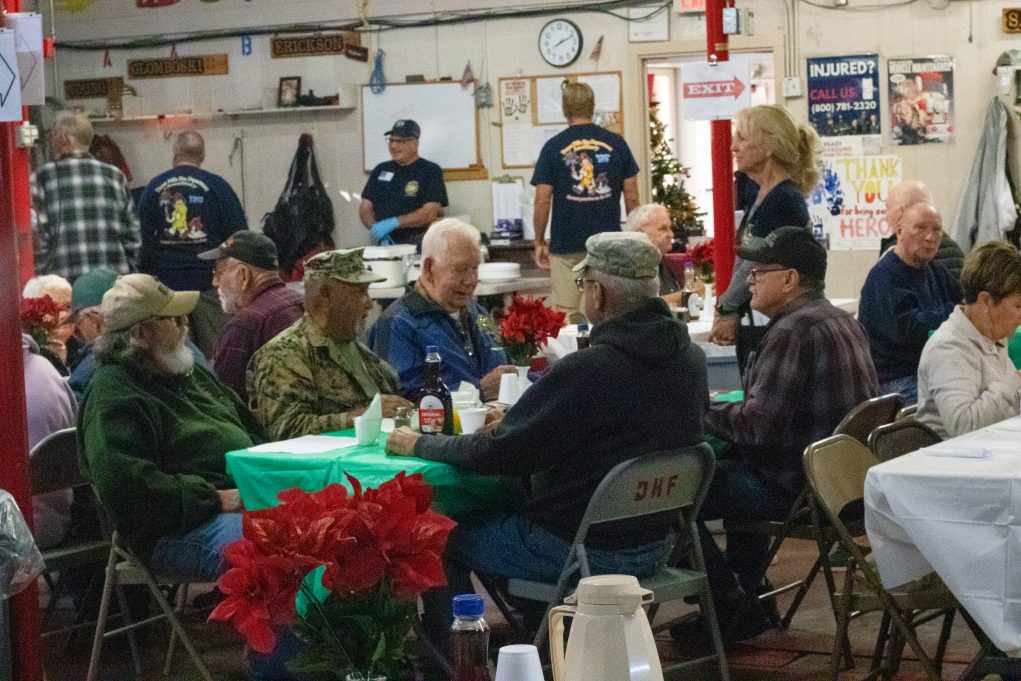

Good Job Grace Usher and Jillian Danielson, Havasu’s Storm Chasers!! You did a good job in telling our early monsoon 1974 story, but you had to have been there to have felt the full impact of that storm. The city has gone a long way since that storm to correct and improve many of the dangerous road and wash crossings the city had in those early days and the warning systems we have today are much improved that we didn’t have back then as well. Be safe and hope you get some great pictures during the upcoming Monsoon Season !!
Havasu resident from 68-79. I remember cars washed away with families in them. Found days later.
at the end of Oro Grande if I remember.
I lived in the mobile home park on London Bridge road near Windsor Beach. It was raining very hard and I seen people running behind my trailer. . I saw this blue Toyota with I think a 17 yr old girl and her infant child in the car floating down the big wash behind my trailer. There were nine of us. We followed the car to a thicket of trees before Windsor beach. We formed a human chain and got the girl and child out of the car. Before we knew it there was water all around us. We had to wait till the water went down before the Fire Dept could get a line to us.
Confused, was It June or July 1974…the article references both.
Hi, it was July. Sorry for the error, it has been fixed. Thanks for catching it!
I had to drive on bridge sidewalk in my dune buggy and there was 3 inches of water on my floorboards
and the water going over the bridge was 18 inches deep with the island being 6 inches under water but we still had electric at trailer park on the island and water. people from town were comming over to get water and take showers. that was a good storm. we dont get that kind of storms anymore. why?
I remember that storm well. We lived on Palo Verde by HS. I was pregnant with my second child. My Mother lived there too. My husband at the time was a Firefighter. They all worked so hard out there trying to keep everyone safe. Very scary. Luckily we were ok. Helped to have some inside contacts to get some water for drinking & flushing.😂